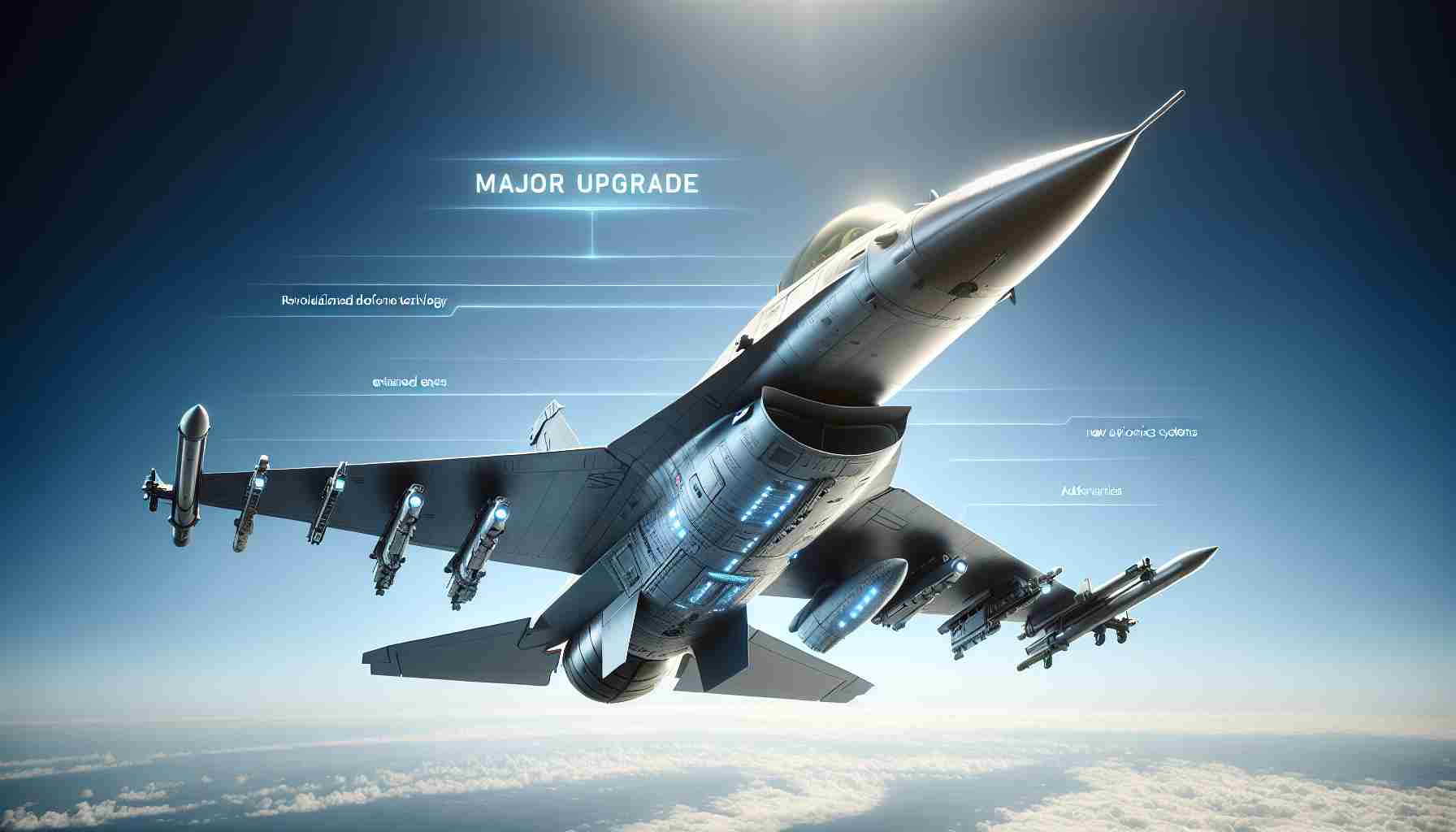In a groundbreaking test flight last month, the U.S. Air Force’s F-16 Fighting Falcon soared with its newest technological enhancement: the Integrated Viper Electronic Warfare Suite (IVEWS). Developed by Northrop Grumman, IVEWS is crafted to advance the F-16’s radar alert and jamming abilities, significantly strengthening the aircraft’s defense against modern threats.
The 85th Test and Evaluation Squadron oversaw this inaugural flight at Eglin Air Force Base, demonstrating IVEWS in action. The suite, known by its technical designation AN/ALQ-257, holds promise not only for the F-16 but potentially for a variety of other military planes, enhancing overall fleet adaptability.
Leading the charge, Lt. Col. Stephen Graham piloted this key mission and reflected on how well the system meshed with the aircraft, advancing the F-16 to a more robust status against battlefield challenges today. His observations highlighted the focused efforts and teamwork that accelerated the system’s integration process.
Lt. Col. Joseph Gagnon emphasized the transformative potential of IVEWS, pointing out its scalability across different aircraft, which signifies a pivotal step in broader military aviation strategies.
The development of IVEWS started in 2019, reaching significant milestones like the Laboratory Intelligence Validated Emulator (LIVE) tests which examined its responses to simulated threats in authentic conditions. This suite’s digital architecture underpins its potential for long-term enhancements, ensuring the F-16’s continued dominance and relevance in modern air combat environments.
As these systems reach operational status, they promise a new era of survivability and tactical versatility for the U.S. Air Force’s aerial assets.
How Integrated Warfare Technology is Shaping the Future of Global Defense
In the wake of the recent enhancement of the F-16 Fighting Falcon, the global military landscape is on the brink of significant transformation. While the implementation of the Integrated Viper Electronic Warfare Suite (IVEWS) is a noteworthy advancement for the U.S. Air Force, its broader implications for military aviation and international defense strategies are far-reaching.
Impact on Global Defense Dynamics
The advent of IVEWS represents a paradigm shift not just domestically but internationally. As countries recognize the increasing sophistication of electronic warfare, enhanced radar alert, and jamming systems, there is a global race to innovate and integrate similar technologies. For nations allied with the United States, this development might mean increased collaboration and technology sharing, potentially redefining the traditional alliances and defense strategies.
Community and Economic Implications
The integration of such advanced systems has broad socioeconomic impacts. For instance, defense contractors such as Northrop Grumman will engage in hiring spurts, offering opportunities across engineering, research, and production sectors. Communities near military bases or defense hubs stand to benefit from economic boons, although they must also grapple with potential ethical considerations of expanded military operations.
Ethical Controversies in Warfare Technology
With innovation comes a slew of ethical debates. The use of electronic warfare raises questions about privacy and the potential for collateral damage in digital domains. As militaries around the world augment capabilities that can disrupt, deceive, or disable technologies, the risk of unintended consequences or abuses escalates. Such discussions urge countries to establish clear frameworks and rules of engagement in cyberspace and electronic frontiers.
Advantages and Disadvantages of Advanced Warfare Systems
The primary advantage of systems like IVEWS is the enhanced survivability and adaptability they afford to military forces. The scalability allows for deployment across various platforms, effectively creating a seamless web of defense capabilities. However, a significant disadvantage lies in the increased dependency on technology, which may introduce vulnerabilities if systems are compromised.
Frequently Asked Questions
1. How does IVEWS affect international military strategy?
– IVEWS adds a new layer of sophistication to warfare, compelling countries to reassess their strategic doctrines and possibly sparking a new era of military alliances centered around technology sharing.
2. What are the economic impacts of such advancements?
– Economically, it creates jobs and boosts sectors related to defense technology. However, the reliance on defense spending can also skew national economic priorities away from other critical areas.
3. Are there risks associated with the deployment of these systems?
– Yes, there are risks, including the potential for cyber intrusions, over-reliance on technology, and the escalation of military conflicts driven by technological superiority.
For more insights on defense technologies and international security, visit the Northrop Grumman website, which provides comprehensive information on their latest projects and innovations.
















